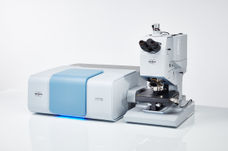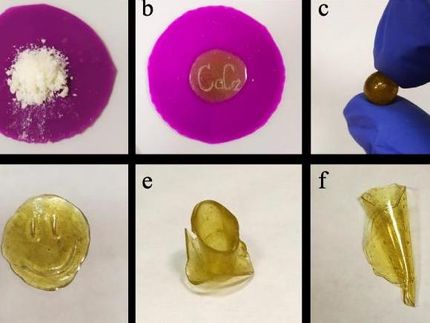Production capacities for bio-based polymers in Europe
Status quo and trends towards 2020
Europe's current position in producing bio-based polymers is limited to a few polymers. However, new developments and investments are foreseen: the first European industrial-scale PLA plant by 2014, the introduction of future PET production facilities by 2015, recent developments in the commercialization of bio-based PBT and further advancements in the field of high-value fine chemicals for PA, PUR and thermosets production.
Although Europe shows a strong demand for bio-based polymers, production tends to take place elsewhere, namely in Asia and America. The European Union's relatively weak position in the production of bio-based polymers is largely the consequence of an unfavourable political framework for the industrial material use of biomass.
Most read news
Other news from the department business & finance
These products might interest you

Eclipse by Wyatt Technology
FFF-MALS system for separation and characterization of macromolecules and nanoparticles
The latest and most innovative FFF system designed for highest usability, robustness and data quality

HYPERION II by Bruker
FT-IR and IR laser imaging (QCL) microscope for research and development
Analyze macroscopic samples with microscopic resolution (5 µm) in seconds

Get the chemical industry in your inbox
By submitting this form you agree that LUMITOS AG will send you the newsletter(s) selected above by email. Your data will not be passed on to third parties. Your data will be stored and processed in accordance with our data protection regulations. LUMITOS may contact you by email for the purpose of advertising or market and opinion surveys. You can revoke your consent at any time without giving reasons to LUMITOS AG, Ernst-Augustin-Str. 2, 12489 Berlin, Germany or by e-mail at revoke@lumitos.com with effect for the future. In addition, each email contains a link to unsubscribe from the corresponding newsletter.


























































